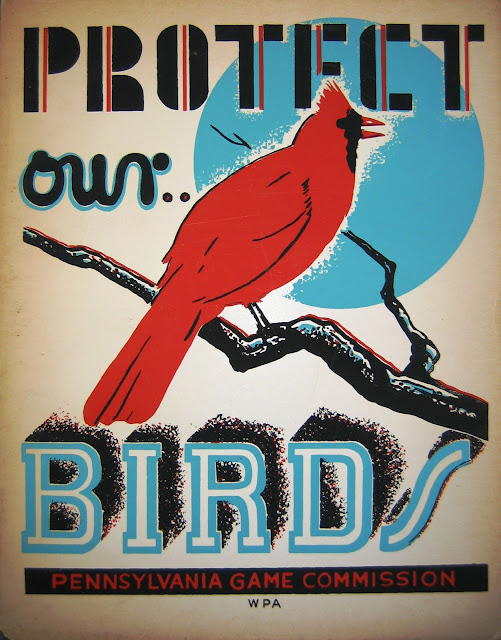Unless otherwise noted, all photos are from: Civilian Conservation Corps, Official Annual, 1938, Los Angeles District, Ninth Corps Area, Baton Rouge, LA: Direct Advertising Co., 1938 (used here for educational and non-commercial purposes).

Above: Part of CCC Company 1946, "Camp Dalton Canyon." These men worked in the Angeles National Forest area, on the north side of Los Angeles and Glendora, California.

Above: Camp Dalton Canyon responded to many forest fires. The driver of this truck might be Jake Lupin (more on Lupin below).

Above: The kitchen staff of Camp Dalton Canyon. For many young enrollees, the three square meals offered by the CCC were the best eating they ever had.

Above: One of the major projects of the CCC enrollees at Camp Dalton Canyon was the development of a science station at Tanbark Flats, in the San Dimas Experimental Forst (which is inside the larger, Angeles National Forest). The 1938 CCC Annual for the Los Angeles District explains that Camp Dalton Canyon had various projects in the experimental forest, "including construction of 76 lycimeters, which are concrete experimental tanks unique in the Forest Service, by which experts may tabulate erosion and climate data by observation of different natural chaparral." The science station is still used today. The photo above was taken by a Los Angeles Times photographer, from the article, "Six Experimental Dams Rise in Rainfall Study," August 13, 1933, newspapers.com, used here for educational and non-commercial purposes.

Above: The man on the upper right is Jacob Lupin, or "Jake" (1919-1938). And the man on the lower left is his brother Joe (1917-1968). Jake died in March 1938 (not long after this photo was published), while on a CCC mission to save people during a flood disaster. See Jake's Find-a-Grave page and photo here.

Above: Part of an article about Jake Lupin's death, from The Redondo Reflex (Redondo, California), March 11, 1938, p. 1. Image from newspapers.com, used here for educational and non-commercial purposes.

Above: Jake Lupin's death highlights how life in the CCC could be quite dangerous at times. Another enrollee at Camp Dalton Canyon, 19-year-old David Meredith, died when he was called to a forest fire and the truck he was riding in overturned ("CCC Youth Killed," The Pomona Progress Bulletin (Pomona, California), October 25, 1937). The article above--from the Illustrated Daily News (Los Angeles), August 17, 1933--notes dozens of Camp Dalton Canyon men being bitten or licked by a rabid dog. Other dangers faced by the CCC included snakes, falling trees, and steep or high work areas. Image above from newspapers.com, used here for educational and non-commercial purposes.














